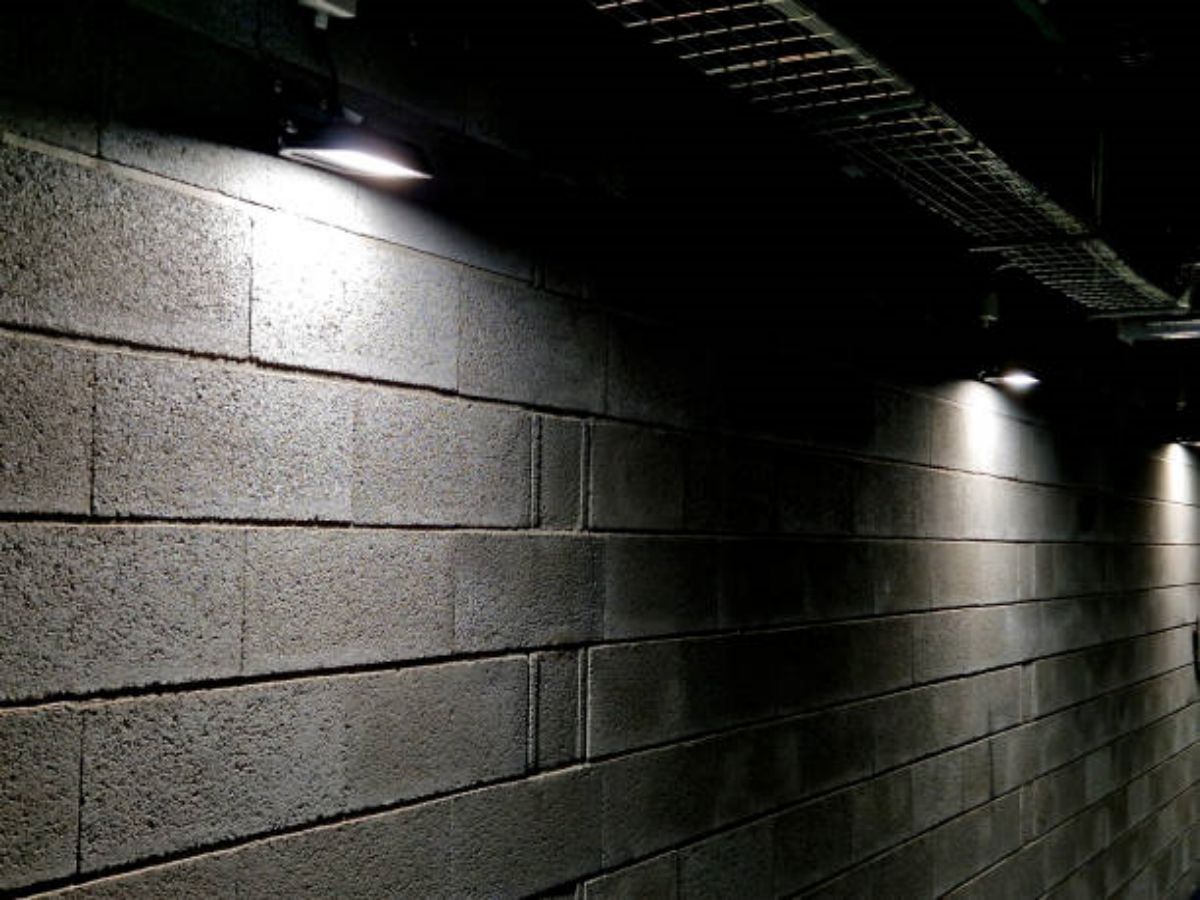1. Understanding the Basics of RJ45 Connector Wiring
RJ45 connectors are widely used in networking and telecommunications applications to connect Ethernet cables. These connectors are designed for twisted pair cables and are commonly used in Ethernet networks. Understanding the wiring of an RJ45 connector is essential for anyone working with computer networks.
2. The Importance of Proper Wiring
Proper wiring of RJ45 connectors is crucial for ensuring reliable and efficient data transmission. Incorrectly wired connectors can lead to network issues such as slow data transfer speeds, intermittent connections, and even complete network failure. It is important to follow the standard wiring schemes to ensure compatibility and optimal performance.
3. T568A vs. T568B: Wiring Standards
There are two commonly used wiring standards for RJ45 connectors: T568A and T568B. These standards define the pinout arrangement for the individual wires within the connector. T568B is the most widely used standard in the United States, while T568A is prevalent in other parts of the world. It is essential to use the same wiring standard on both ends of the cable for proper connectivity.
4. Wiring an RJ45 Connector with T568B Standard
To wire an RJ45 connector using the T568B standard, follow these steps: - Strip the outer jacket of the Ethernet cable to expose the individual wires. - Arrange the wires in the following order from left to right: orange stripe, orange, green stripe, blue, blue stripe, green, brown stripe, and brown. - Insert the wires into the RJ45 connector, ensuring that each wire goes into the corresponding slot according to the T568B standard. - Use a crimping tool to secure the wires in the connector. - Repeat the process on the other end of the cable.
5. Wiring an RJ45 Connector with T568A Standard
To wire an RJ45 connector using the T568A standard, the process is similar to T568B, with a slight variation in the wire arrangement. Follow these steps: - Strip the outer jacket of the Ethernet cable. - Arrange the wires in the following order from left to right: green stripe, green, orange stripe, blue, blue stripe, orange, brown stripe, and brown. - Insert the wires into the RJ45 connector, ensuring that each wire goes into the corresponding slot according to the T568A standard. - Use a crimping tool to secure the wires in the connector. - Repeat the process on the other end of the cable.
6. Crossover Cable Wiring
In some cases, a crossover cable is needed to directly connect two devices of the same type, such as two computers or two switches. Crossover cables have specific wiring arrangements that allow the devices to communicate. The most common crossover cable wiring is achieved by reversing the positions of the green and orange wire pairs on one end of the cable.
7. Testing and Troubleshooting
After wiring an RJ45 connector, it is essential to test the cable for proper connectivity. Various cable testers are available that can verify the wiring and detect any faults or misconfigurations. Additionally, if you encounter any issues with your network connection, checking the wiring of your RJ45 connectors should be one of the troubleshooting steps.
8. Importance of Cable Management
Proper cable management is essential in maintaining an organized and efficient network infrastructure. It helps prevent tangling, accidental disconnections, and makes future maintenance easier. Using cable ties, cable management racks, and labeling can greatly improve the overall quality of your network installation.
9. Advancements in RJ45 Connector Technology
While RJ45 connectors have been widely used for many years, advancements in technology have led to the development of enhanced connectors. These connectors offer improved performance, higher data transfer speeds, and better resistance to interference. It is important to stay updated with the latest advancements in RJ45 connector technology to ensure optimal network performance.
10. Professional Assistance for Complex Installations
For complex network installations or situations where expertise is required, it is advisable to seek professional assistance. Certified network technicians have the knowledge and experience to handle intricate wiring configurations, ensure compliance with industry standards, and troubleshoot complex network issues effectively.

